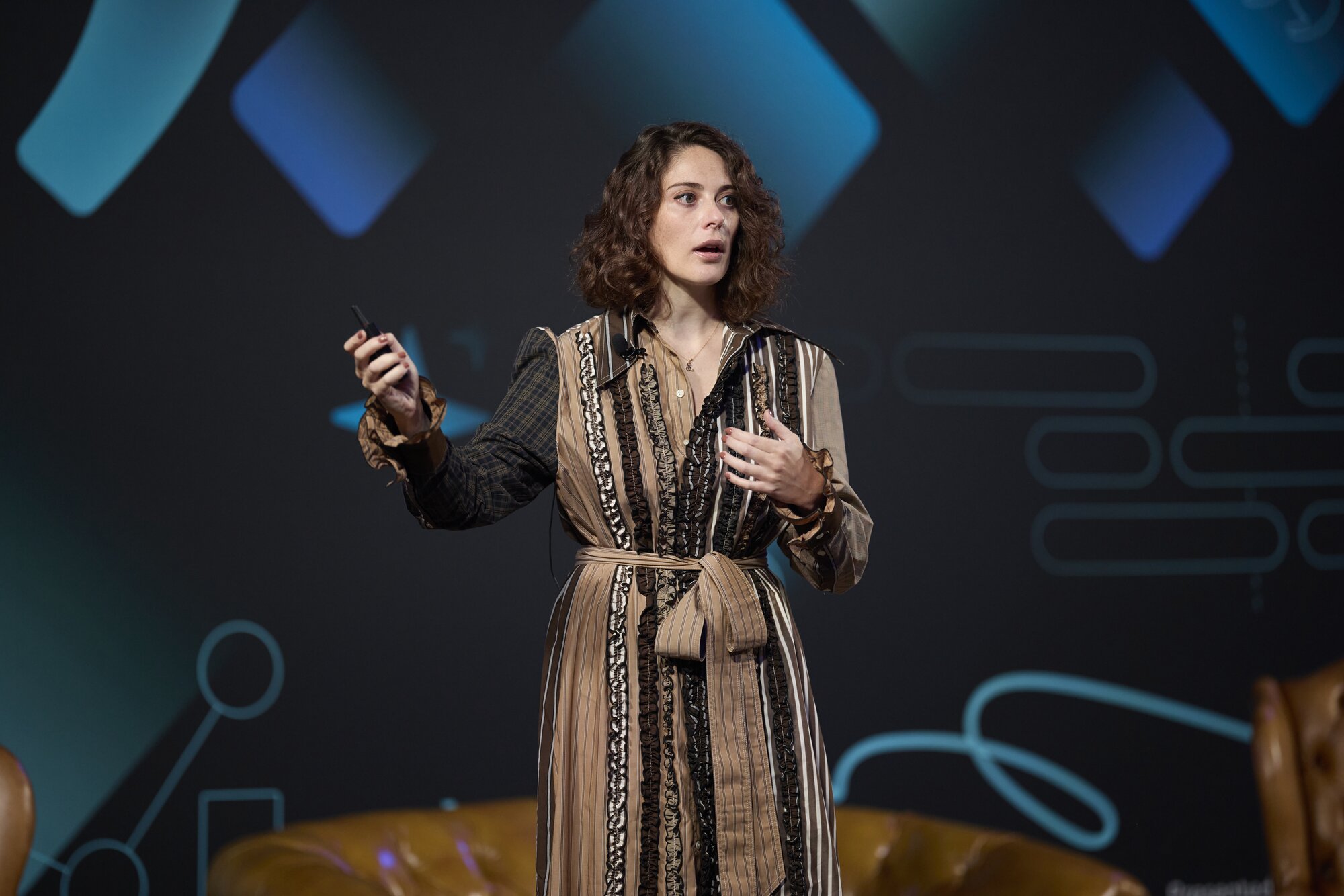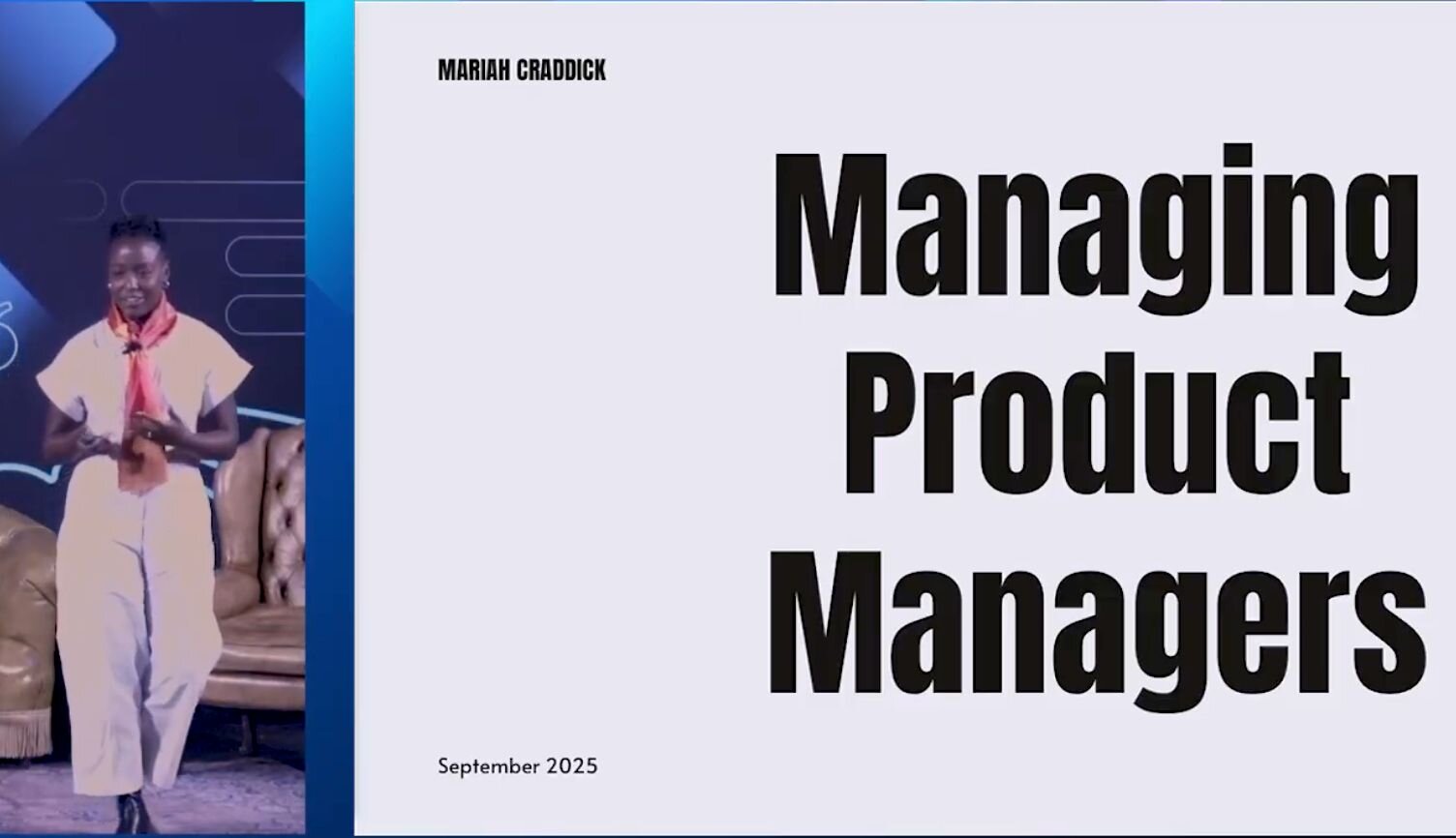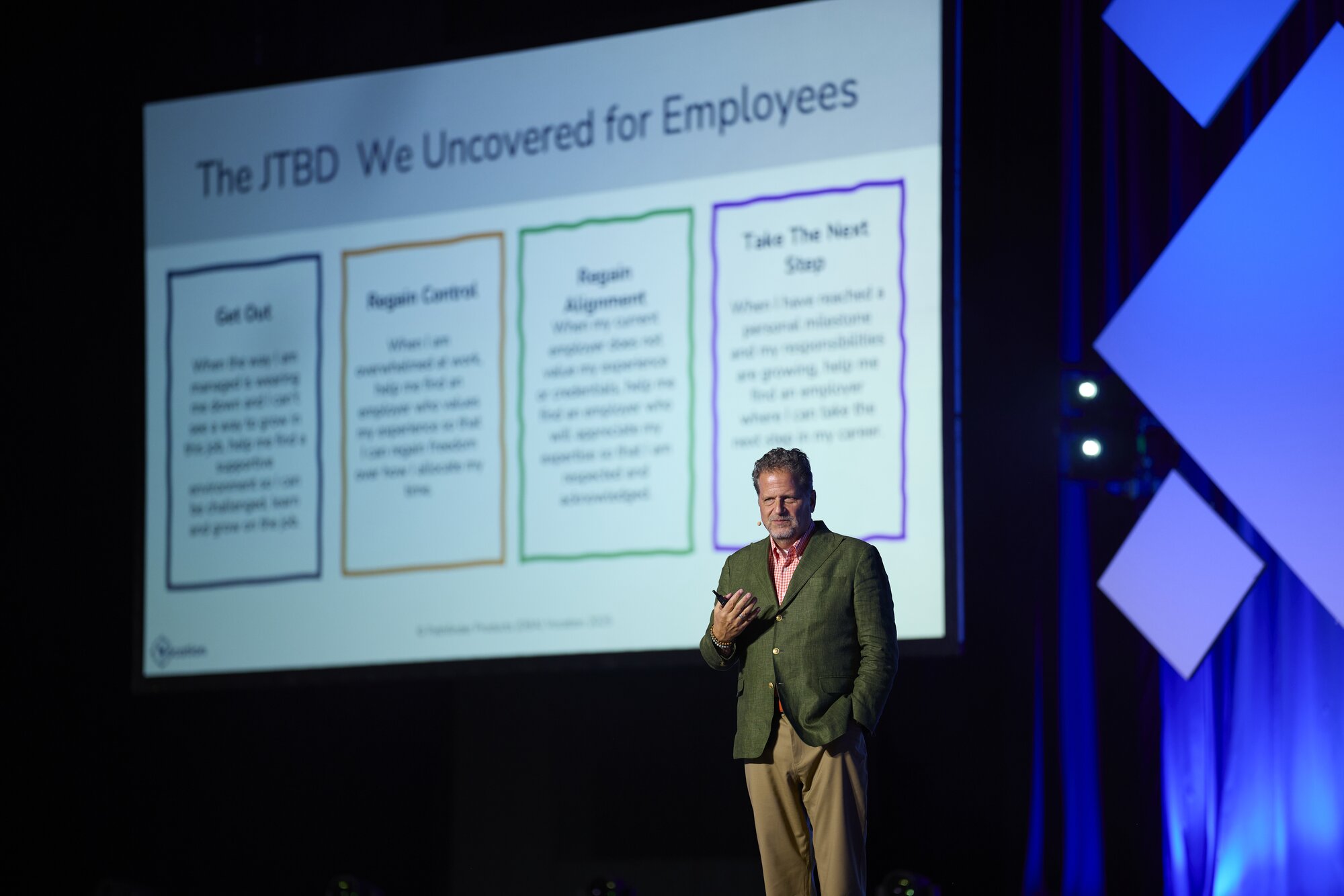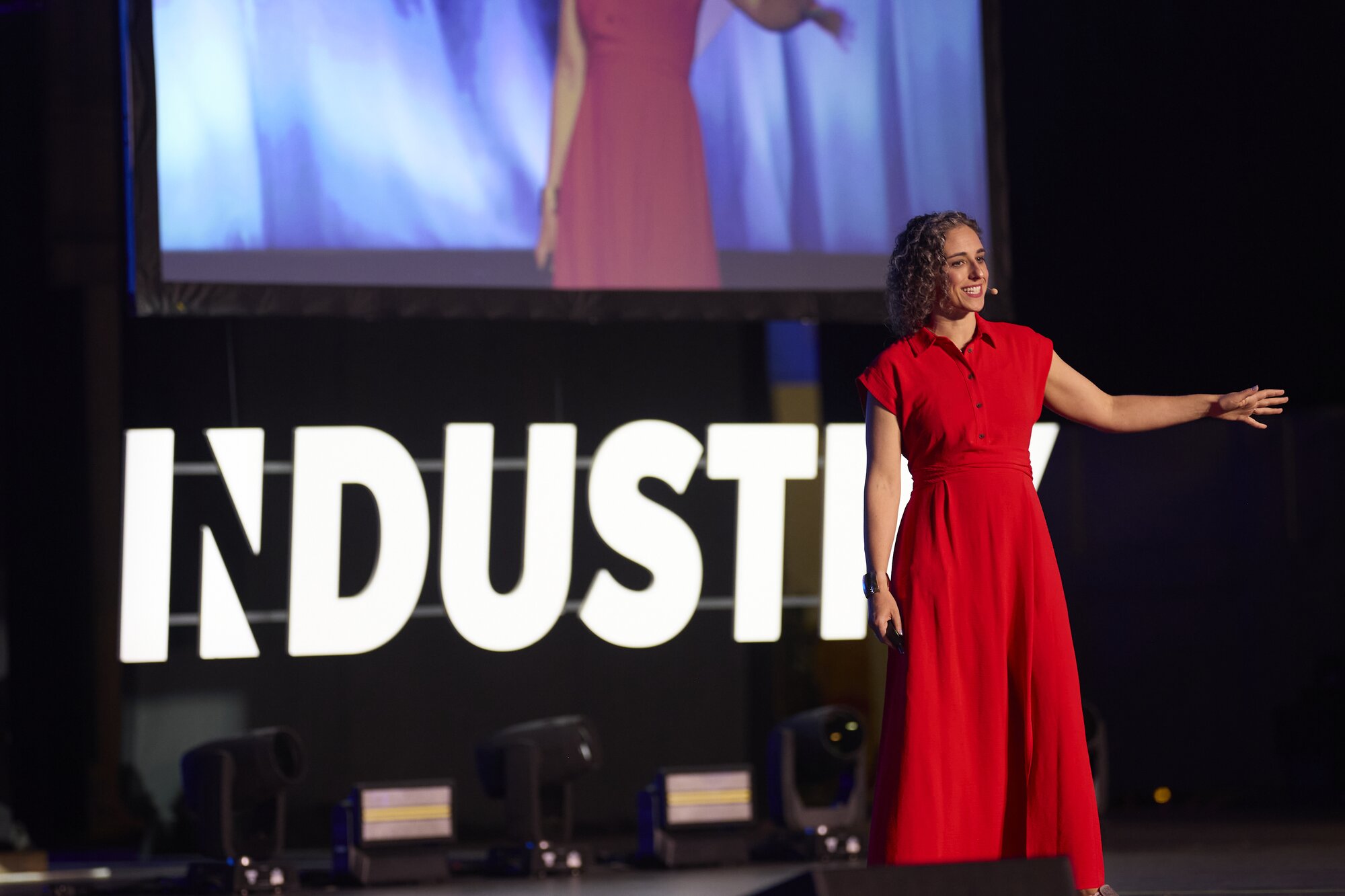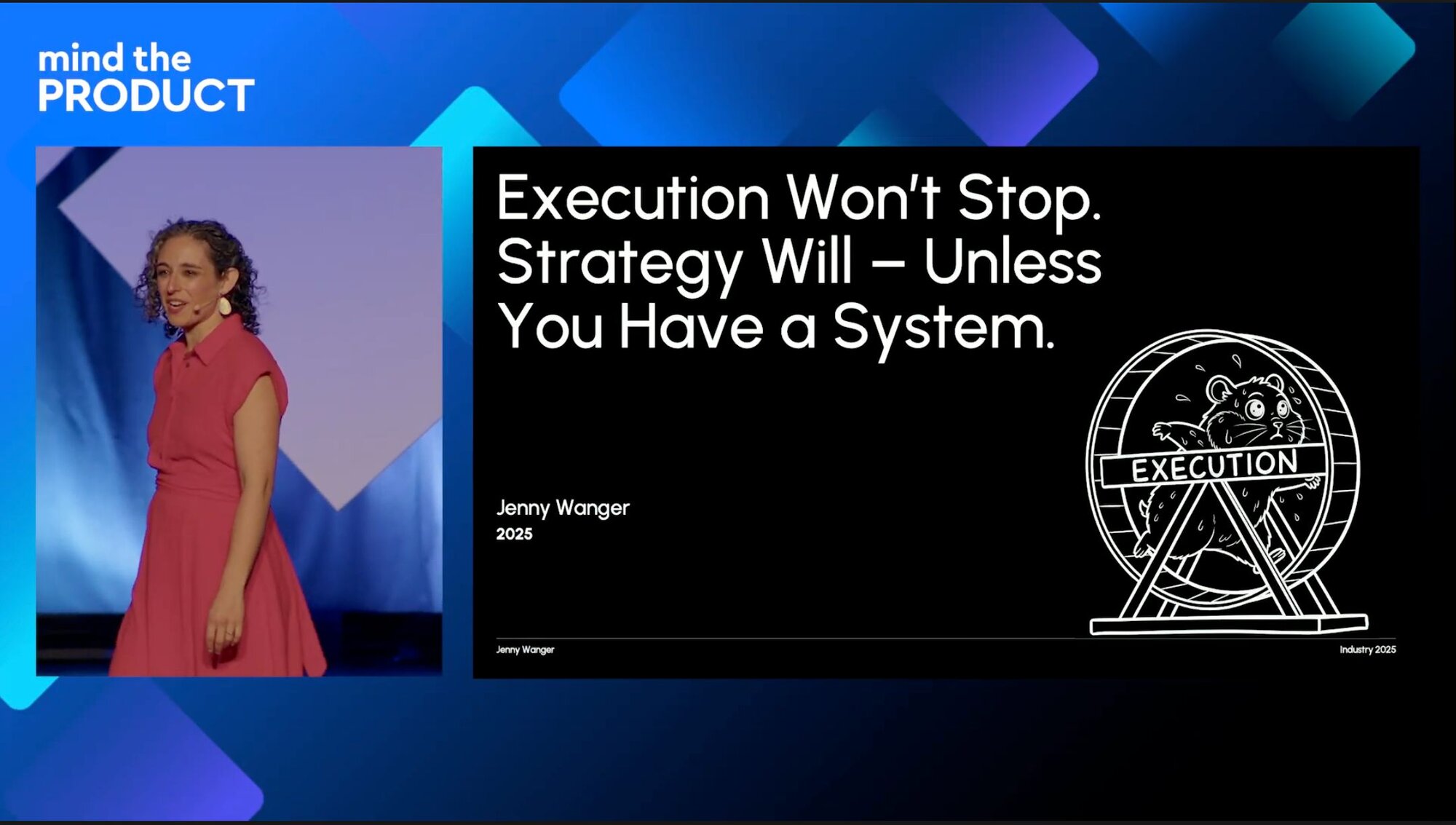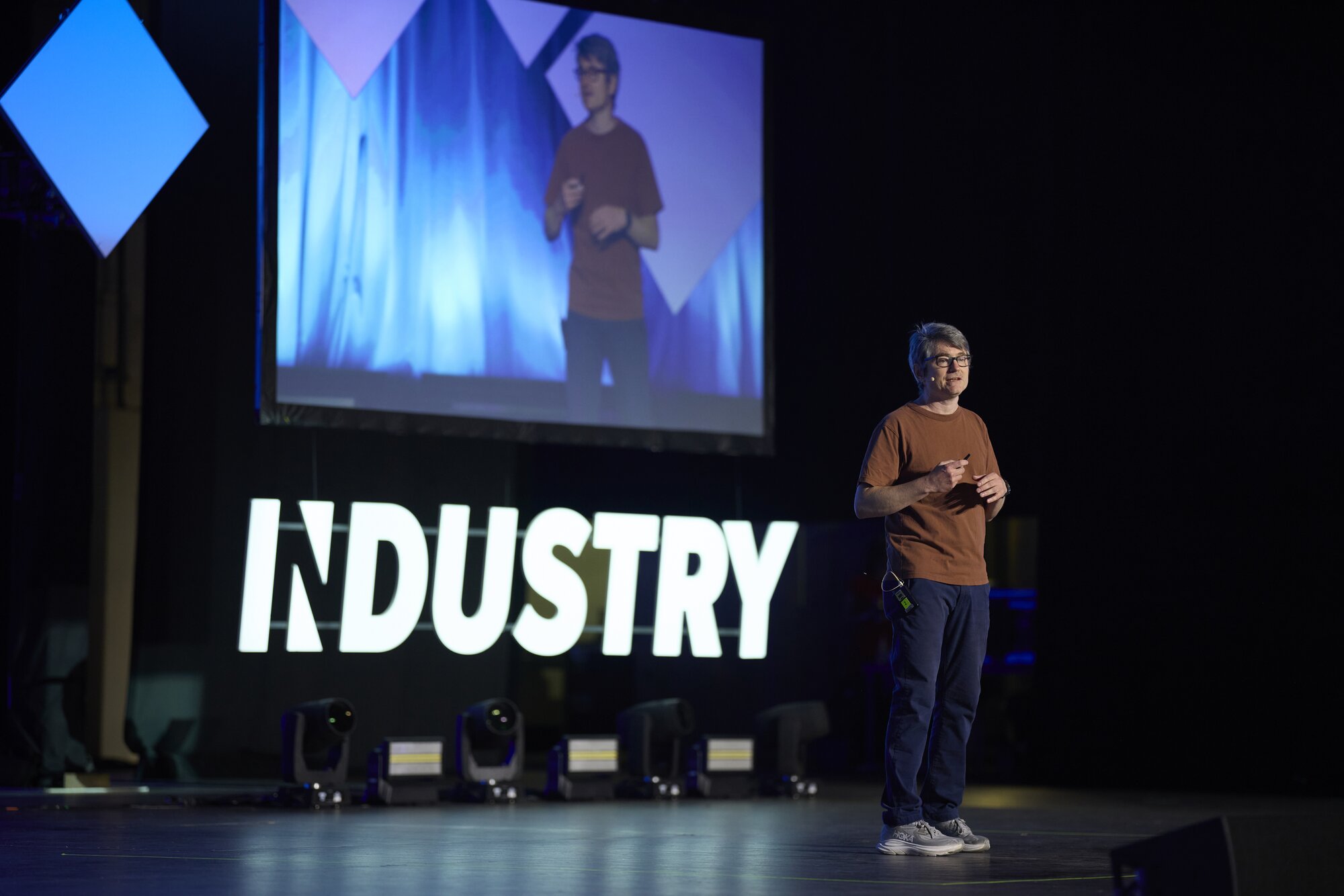In the closing keynote at #mtpcon London 2023, Randeep Sidhu talks about the framing of heroes and villains for the product world and why creating an impact is so hard. Watch the video in full, or read on for highlights from his talk.
Key takeaways
- Work out the real obstacles you need to overcome
- Don’t fall into the trap of thinking you’re the only one with ideas
- Ask why you want your users to behave in a certain way
- Villains are proactive and challenge the status quo, superheroes are reactive
- Real change is hard because we don’t want to be villains
Randeep’s career to date has primarily been in healthcare and he says a doctor once took him aside and told him “a product you build will kill someone. A decision you make will kill someone. What can you do to make sure your conscience is clear when that happens?”.
Stories tell us how to behave, says Randeep, and the fairy tales of today are the Marvel superheroes. There’s something interesting about thinking about the world in relation to superheroes, he adds, and this can help us to understand what happens to product leaders when they think about their products and users. Superheroes are helpful, they overcome adversity, they’re nice to animals and they’ve probably been hit with radioactivity…
The challenge for superheroes
Superheroes always have to overcome an obstacle. Randeep asks the audience, “who would like to have products that change the world”, and “what’s stopping you getting there”?. Not the business or the product challenge, but the personal challenge that stops you having an impact.
Randeep says that when he took on the challenge of fixing the Covid 19 test and trace app he thought his obstacle was to get people to let him do his job (to not get in his way and to give him the resources he needed). But after a difficult time with the agency building the app he realised that the obstacle he needed to overcome was his stress and belief that people were stopping him from doing his job. He says: “I walked in thinking I was some sort of superhero, that product was going to change the world, that people around me weren’t capable of seeing the insight I was going to deliver. I was treating them as obstacles… there’s a dangerous thing that happens with product thinking, which means that we think we’re the best people in the room and no one else has good ideas.”
The bystander challenge
In superhero films, the public often fall into two camps – unruly mobs who don’t care about the consequences and the helpless innocent victims.
As product people, says Randeep, we force the unruly mobs down, and put pressure on them to make them do what we want. As for the victims, we spoon-feed them because they’re not capable of doing what’s needed.
Why do we think of our users this way, Randeep asks? We should be asking why they act like this. It’s because they’re stressed, he says, and instead of thinking about their stress, instead we force them to behave in the way we want. But thinking about why they’re stressed is an interesting way of considering how to have impact. Randeep tells a story from his time at Babylon Health working with doctors in Rwanda that showed him that he’d been thinking about users in the wrong way.
The villain’s challenge
Real change is very hard, says Randeep. He says there are two types of people. The first needs to be liked, defends the status quo, is reactive and doesn’t look to improve. The second doesn’t need to be liked, challenges the status quo, is proactive and strives for improvement. In the superhero analogy, the first type are heroes and the second are villains. Says Randeep: “Villains are the ones who challenge the status quo, they want change. Of course how they do it – their methodology – might be wrong, but what they want to achieve is fundamental change.”
When you push against received wisdom you become a scapegoat, he adds, and you get framed in a negative way. “It happens in such an insidious way that you don’t realise what’s happening. When you try to challenge something you’re made to feel like you’re wrong,” he says. It’s then easy – but dangerous – to turn into the villain you’ve been invited to become.
It’s important to realise that challenging the status quo creates discomfort, but real change requires discomfort. You should reject attempts to frame you as a villain, because this means people can ignore the impact of what you’re trying to achieve. Randeep concludes: “Change is hard because we don’t want to be seen as villains.”

